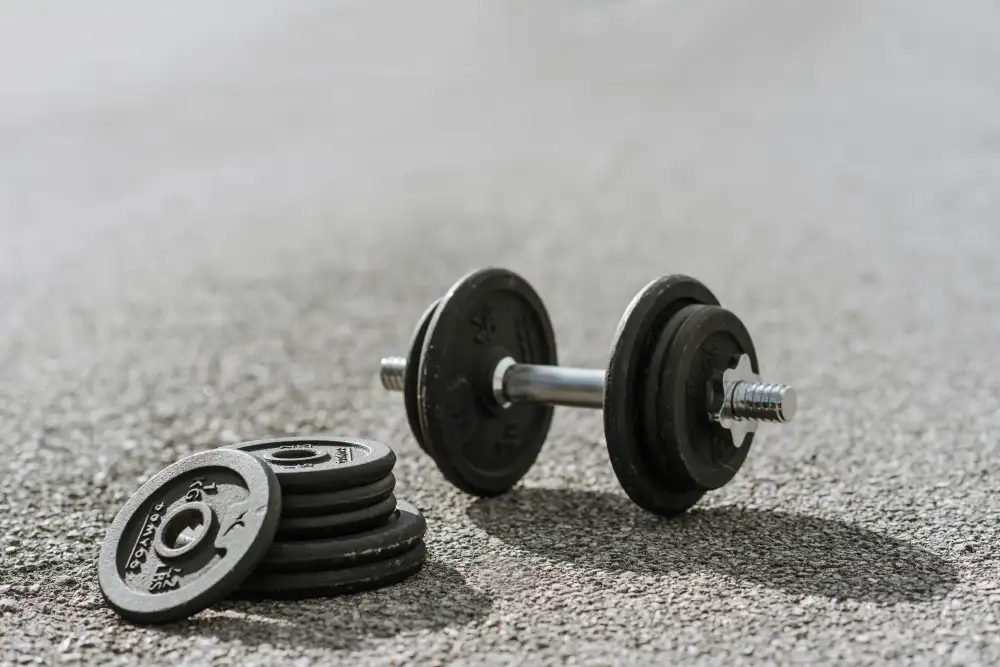Master the Art of Cleaning a Cast Iron Skillet: A Step-by-Step Guide for a Pristine Pan

Cleaning a cast iron skillet may seem like a daunting task, but with the right techniques, it can be a breeze. Cast iron skillets are known for their durability and ability to retain heat, making them a favorite among chefs and home cooks alike. However, improper cleaning can lead to rust and deterioration of the pan's seasoning. In this step-by-step guide, we will walk you through the process of cleaning your cast iron skillet, ensuring it remains in pristine condition for years to come.
Gather necessary cleaning supplies
To clean a cast iron skillet effectively, it is important to gather the necessary cleaning supplies. Here are the items you will need:
1. Scrub brush or sponge: Choose a brush or sponge with stiff bristles that can remove stuck-on food particles without damaging the skillet's surface.
2. Mild dish soap: Look for a gentle dish soap that is free from harsh chemicals and fragrances. Avoid using heavy-duty detergents as they can strip away the skillet's seasoning.
3. Hot water: Use hot water to rinse off any excess food debris before cleaning the skillet.
4. Coarse salt: Coarse salt acts as a natural abrasive and helps to remove stubborn residues from the skillet.
5. Paper towels or clean cloth: These are needed for drying the skillet after cleaning.
6. Cooking oil or shortening: To season the cast iron skillet after cleaning, you will need cooking oil (such as vegetable oil) or solid shortening (like lard).
By gathering these essential cleaning supplies, you will be well-prepared to tackle the task of cleaning your cast iron skillet efficiently and effectively.
Preparing the cast iron skillet for cleaning
Preparing the cast iron skillet for cleaning is an essential step to ensure effective and safe cleaning. Start by allowing the skillet to cool completely after use. Never attempt to clean a hot skillet as it can cause burns. Once cooled, remove any food residue or stuck-on bits using a stiff brush or scraper. Avoid using soap at this stage as it can strip away the seasoning. Instead, rely on elbow grease and hot water to loosen any stubborn debris. If necessary, you can gently heat the skillet on low heat to make the cleaning process easier. Once all visible residue is removed, rinse the skillet with hot water and wipe it dry with a clean towel. Remember, thorough preparation sets the foundation for a successful cleaning process.
Cleaning the cast iron skillet
Cleaning the cast iron skillet is a crucial step to maintain its longevity and cooking performance. Here's how to clean it effectively:
1. Scrubbing: Start by scrubbing the skillet with a stiff brush or sponge. Avoid using harsh abrasives that can damage the seasoning.
2. Hot water rinse: Rinse the skillet under hot water to remove any loose food particles. Never soak the skillet as it can lead to rusting.
3. Salt scrub: Sprinkle coarse salt on the skillet and use a paper towel or cloth to scrub away any stubborn residue. The salt acts as a gentle abrasive without damaging the surface.
4. Rinse and dry: Rinse off the salt and wipe the skillet dry with a clean towel or paper towel. Make sure it is completely dry to prevent rusting.
5. Oil coating: Apply a thin layer of oil (preferably vegetable oil or flaxseed oil) all over the skillet, including the handle and exterior surfaces.
6. Heat treatment: Place the oiled skillet upside down in an oven preheated to 350°F (175°C). Let it bake for about an hour, then turn off the oven and allow it to cool inside.
By following these steps, you'll effectively clean your cast iron skillet while maintaining its seasoned surface for excellent cooking results every time.
Drying and seasoning the cast iron skillet
Drying and seasoning the cast iron skillet is a crucial step in maintaining its longevity and preventing rust. After cleaning, it's important to thoroughly dry the skillet to remove any remaining moisture. Start by using a clean towel or paper towels to pat the skillet dry. Make sure to get into all the nooks and crannies, including the handle and any ridges.
Once the skillet is dry, it's time to season it. Seasoning creates a protective layer on the skillet's surface, enhancing its non-stick properties and preventing rust. To season, apply a thin layer of oil to the entire surface of the skillet, including the handle. Use an oil with a high smoke point like vegetable oil or flaxseed oil.
Next, place the skillet upside down in an oven preheated to 350°F (175°C). This allows any excess oil to drip off while preventing pooling. Place a baking sheet or aluminum foil on the bottom rack of the oven to catch any drips.
Let the skillet bake for about one hour, then turn off the oven and let it cool completely before removing. The heat helps bond the oil molecules to the iron surface, creating that coveted non-stick coating.
After seasoning, your cast iron skillet is ready for use again! Remember that each time you cook with it, you're further building up its seasoning and improving its performance.
To maintain this seasoned coating, avoid using soap when cleaning your cast iron skillet in future uses. Instead, wipe out any food residue with a paper towel or soft brush while it's still warm. If necessary, use coarse salt as an abrasive agent.
By properly drying and seasoning your cast iron skillet after each use, you'll ensure its longevity and enjoy cooking with a pristine pan for years to come.
Storing the cast iron skillet properly
Storing the cast iron skillet properly is crucial to maintain its quality and prevent rusting. After cleaning and drying the skillet, make sure it is completely cool before storing. Avoid stacking other pans on top of it as this can cause damage. To prevent moisture buildup, place a paper towel or cloth inside the skillet to absorb any residual moisture. Store the skillet in a dry place with good ventilation to avoid humidity. If possible, store it with the lid slightly ajar to allow air circulation. Following these steps will ensure your cast iron skillet stays in pristine condition for years to come.
Cleaning and maintaining a cast iron skillet is essential to ensure its longevity and optimal cooking performance. By following the step-by-step guide outlined above, you can keep your skillet in pristine condition for years to come. Here are some final tips to help you maintain a clean cast iron skillet:
1. Avoid using harsh detergents or abrasive scrubbers that can strip away the seasoning of the skillet.
2. Always dry your skillet thoroughly after cleaning to prevent rusting.
3. Regularly season your cast iron skillet to maintain its non-stick surface and protect it from moisture.
4. Store your skillet in a dry place with good airflow to prevent any moisture buildup.
5. If rust does appear, don't worry! Simply scrub it off with steel wool, re-season the skillet, and it will be good as new.
Remember, a well-maintained cast iron skillet can become a cherished kitchen tool that adds flavor and character to your dishes. So, embrace the art of cleaning and caring for your cast iron skillet, and enjoy many delicious meals cooked on this timeless piece of cookware!
Published: 17. 02. 2024
Category: Home



